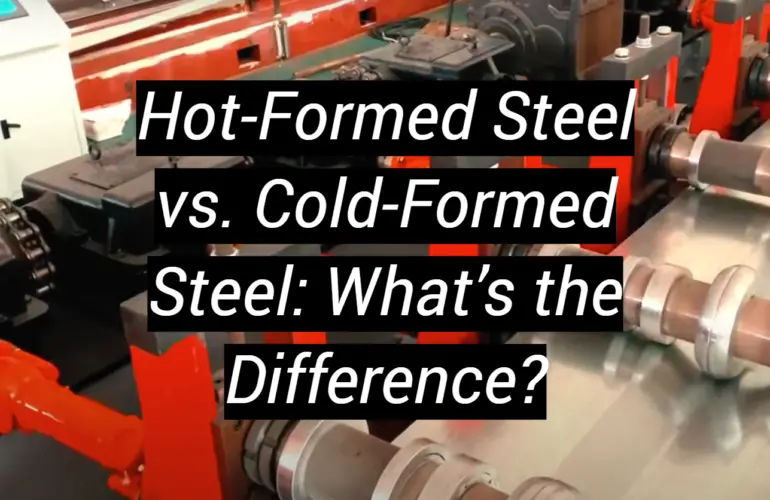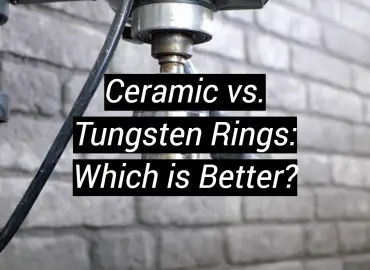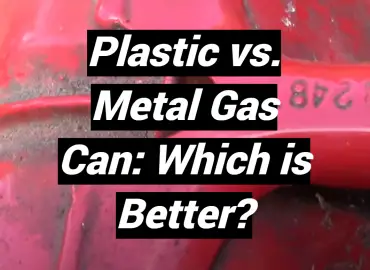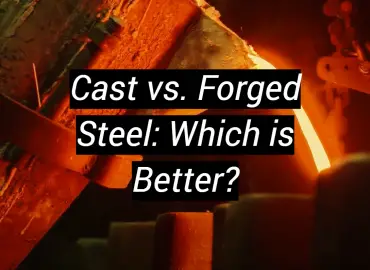Are you considering using environmentally friendly steel for your upcoming construction project? You may be wondering what the difference is between hot-rolled and cold-rolled steel. While equally popular in modern projects, they have different advantages. To help you decide which type is best for your needs, in this article we will analyze the advantages and disadvantages of using these types of rolled steel to help you make an informed decision. We’ll take a closer look at each type of steel, comparing ductility, strength, and cost to give you all the information you need to choose the right option for your specific needs. For more information on the differences between HRC and CRC, stay tuned!
Hot Rolled Steel
High-temperature steel is a type of steel that goes through a special production method. It starts with heating the product above the recrystallization point, which makes it ductile and ready to be formed. The steel is then carefully deformed between rolls to give it the desired shape. This meticulous process not only ensures precision, but also gives the finished product its special qualities.
In addition, the slightly rounded edge adds to the elegance of the final structure. This exceptional versatility is one of the main advantages of this steel. It can be easily formed into a wide range of shapes, making it a very suitable choice for a variety of applications.Infrastructure projects, building frames, and automotive parts all benefit greatly from the adaptability of highly flexible steel. Despite its lower durability compared to CTG, HTG is highly ductile. This remarkable property allows it to withstand dynamic loads without breaking, making it an ideal material for critical engineering.
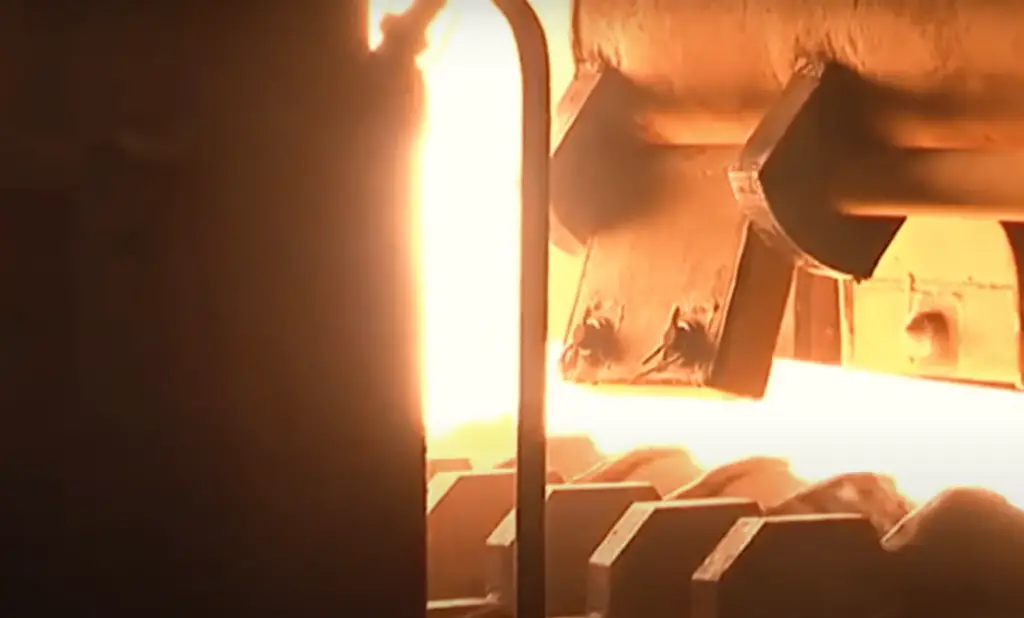
Thus, more than just structural strength should be considered when choosing this steel. Its production process and unique properties have made it a preferred choice for designers and engineers, as it provides both aesthetic appeal and reliable performance in a wide range of different applications.
Advantages
There are several strengths to using hot-rolled steel products on the market for certain projects. First, its high flexibility makes it easy to form a variety of structures, providing endless design possibilities. Its exceptional ductility in the hot state allows for the fabrication of larger components that are often used in complex construction and engineering projects, ensuring durability and strength.
Secondly, HRCS’s increased ductility gives it an excellent ability to absorb energy and withstand dynamic loads. This makes it an excellent choice for applications that require resistance to impact loads without fracture, such as automotive parts or heavy engineering components.
Finally, the distinctive bluish-gray hue and slightly rounded edges of heavy gauge hardened steel not only contribute to its durability, but also give it a rustic aesthetic that is a favorite in some architectural designs. This unique visual appeal adds a touch of sophistication and timelessness to any project.
Despite the relatively higher cost compared to CTG, the many positive features of steel, particularly its versatility, strength and aesthetic appeal, make it a worthy and reliable choice for your project. Its exceptional properties ensure long service life and structural integrity, even in harsh environments.
Disadvantages
Even though hot-rolled steel has a number of advantages, it is important to consider the disadvantages associated with it. Firstly, the high-temperature steelmaking process consumes a significant amount of energy, which leads to higher production costs and a negative impact on the environment. In addition, line steel exhibits a tendency to seize during gradual cooling, which can lead to shape distortion and reduced accuracy of final dimensions. This can be particularly problematic for projects that require meticulous specifications.

Finally, a layer of scale typically forms on the surface of your hard-rolled steel, and not only does it have the potential to corrode over time, but it also requires additional processing steps to achieve the desired appearance. This additional step increases the time and cost of the production process.
Cold rolled steel
Cold rolled steel, otherwise known as cold deformed steel, is known for its exceptional strength and extreme smoothness due to its polished surface. This superior material is achieved through a process of deforming steel at room temperature known collectively as negative rolling. This process causes strain hardening, which results in a denser and stronger structure than hot-rolled steel. This increased strength makes cold-rolled steel an ideal choice for high-strength applications such as skyscraper or bridge construction.
It is important to note, however, that the strength and hardness of cold-rolled steel come at a cost. It has limited ductility, which makes it less flexible and more prone to warping under extreme conditions. Therefore, when choosing between cold-rolled and hot-rolled steel, it is very important to consider the specific requirements of your project.
So, whether you need extreme strength, a flawless surface finish or energy efficiency, cold-rolled steel is an excellent choice that will meet a wide range of construction needs.
Advantages
Cold-rolled steel offers a myriad of distinct advantages that make it the preferred choice for a wide range of applications. Firstly, it boasts an exceptional strength-to-weight ratio, thanks to the strain hardening that occurs during the cold-forming process. This characteristic not only ensures optimal durability but also makes it ideal for projects requiring robust materials, such as high-rise skyscraper and bridge construction.
Secondly, cold-rolled steel stands out as an energy-efficient option. The absence of a heating phase in its manufacturing process not only reduces energy consumption but also leads to lower production costs and a smaller carbon footprint. This eco-friendly aspect makes it a sustainable choice for environmentally conscious industries.
Lastly, cold-rolled steel features a smooth and polished finish, completely devoid of any scale. This attribute not only contributes to an aesthetically pleasing final product but also eliminates the need for additional surface finishing steps, further reducing costs and production time. This time-saving advantage is particularly beneficial in large-scale manufacturing processes.
However, it’s important to note that while these advantages make cold-rolled steel an attractive option in many scenarios, its limited ductility could be a drawback in applications that require flexibility and resistance to buckling. Hence, careful consideration of the specific project requirements is essential when choosing the appropriate material for optimal performance and longevity.
Disadvantages
Despite its numerous advantages, cold-rolled steel is not without its drawbacks. First and foremost, its limited ductility, resulting from the strain hardening during the cold-forming process, often makes it less suitable for applications requiring significant flexibility or elasticity. This limitation can lead to an increased risk of buckling or cracking under extreme stress or impact, which can be a concern in certain high-stress environments.

Secondly, the cold-forming process can potentially result in shape distortions or structural inconsistencies in the final product. These variations can affect the strength and dimensional accuracy of the steel, necessitating additional quality control measures to ensure consistency across production batches.
Furthermore, while the absence of a heating phase in cold-rolled steel production reduces energy consumption, it also implies that cold-rolled steel cannot be shaped and formed as easily as hot-rolled steel. This limitation restricts the diversity of applications for cold-rolled steel, as certain complex or intricate designs may be better suited for hot-rolled steel fabrication methods.
Lastly, it’s important to note that while cold-rolled steel typically boasts a more polished finish compared to hot-rolled steel, this superior aesthetic often comes at a higher price point. The additional processing steps involved in achieving the desired surface finish contribute to the increased production costs, which may not be cost-effective for all projects.
By considering these factors, it becomes clear that while cold-rolled steel has its advantages, it is important to carefully evaluate the specific requirements of each application to determine its suitability.
Hot Rolled vs. Cold Rolled Mild Steel
When it comes to choosing between hot-rolled and cold-rolled mild steel, several factors come into play. Hot-rolled mild steel is known for its excellent ductility and formability, making it an ideal choice for applications requiring structural shapes or parts that undergo significant deformation. It is also typically cheaper due to the simpler manufacturing process, which involves rolling the steel while it’s still hot, hence the name. However, hot-rolled mild steel often possesses a rough and scaled surface that may require additional finishing.
On the other hand, cold-rolled mild steel is renowned for its high strength and smooth, polished surface. Formed by rolling the steel at room temperature, the cold-rolling process increases the material’s hardness and tensile strength, making it well-suited for high-strength applications. Furthermore, the lack of a heating phase makes the production of cold-rolled steel more energy-efficient. Yet, this superior strength and finish come at a cost, as cold-rolled steel is often more expensive and less malleable, potentially restricting its use in certain applications.
In conclusion, the choice between hot-rolled and cold-rolled mild steel depends on your project’s specific needs, considering factors such as strength, ductility, aesthetics, cost, and the level of finishing required. Hot-rolled steel offers excellent formability and cost-effectiveness, while cold-rolled steel provides enhanced strength and a polished surface. By weighing these factors and considering the intended application, you can make an informed decision that aligns with your project requirements.
Hot Rolling Process
The hot rolling process is a crucial method used in steel production, harnessing high temperatures to shape and form metal.
The elevated temperature renders the steel pliable and more malleable, facilitating its seamless transformation into a diverse range of shapes and sizes. As the hot steel gracefully navigates through the rolling mills, it undergoes a series of transformations – being flattened, squeezed, and stretched – until it assumes the desired form with utmost precision. Once the hot-rolled steel gradually cools, it undergoes a hardening process, resulting in a final product that boasts exceptional ductility and remarkable versatility.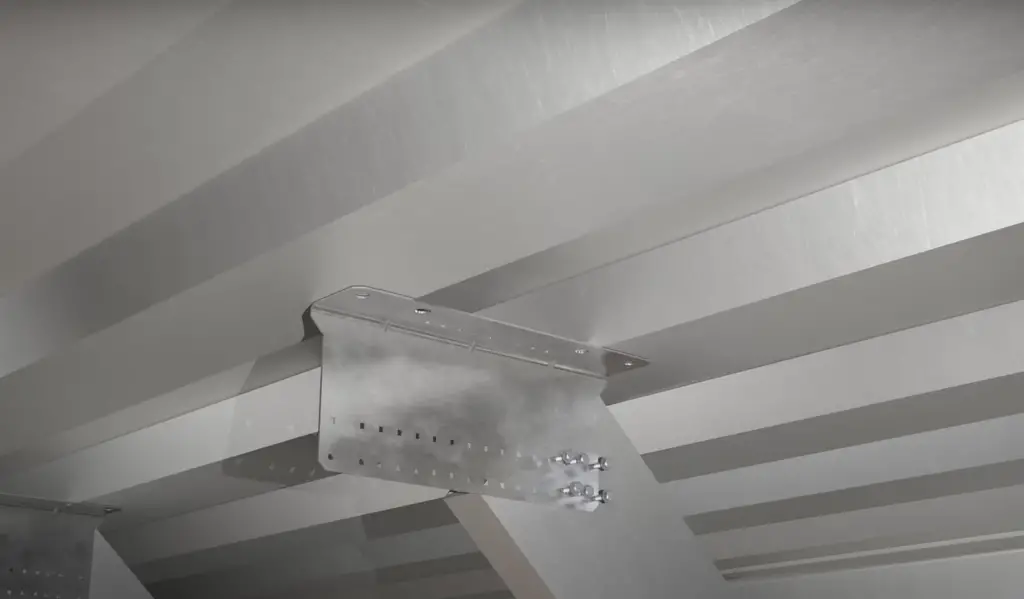
However, it is worth noting that the hot rolling process may leave behind a characteristic layer of scale on the steel’s surface, which may necessitate further finishing touches. Despite this potential requirement, the hot rolling process steadfastly upholds its reputation as a cost-effective and highly efficient method for steel production, particularly when it comes to manufacturing applications that demand specific shapes or substantial deformation. By leveraging the artistry of hot rolling, the steel industry continues to meet the ever-evolving demands of various sectors, while ensuring the creation of robust and adaptable steel products that form the backbone of modern infrastructure and manufacturing.
Cold Rolling Process
The cold rolling process is another fundamental method in steel production, distinguished by its operation at room temperature. This process starts with hot-rolled steel that has been cooled, then carefully re-rolled at room temperature to achieve more exact dimensions and improved surface quality. The controlled cooling and subsequent re-rolling help to refine the steel’s microstructure, resulting in a higher yield strength and hardness. However, this refinement also makes the steel less ductile and slightly more difficult to work with.
One of the key advantages of cold rolling is that it produces a smooth and polished surface on the finished steel, free from the scale that often marks hot-rolled products. This pristine finish not only enhances the overall aesthetic appeal but also contributes to better corrosion resistance and improved surface flatness.
While the cold rolling process may lead to a slightly higher priced product, it is the optimal choice for projects that demand precise shapes, enhanced strength, and a top-quality finish. Whether it’s for architectural applications, automotive components, or high-precision machinery, cold-rolled steel delivers the durability and impeccable surface characteristics that can elevate the performance and appearance of various products.
FAQ
What is the difference between steel and cold steel?
The terms ‘steel’ and ‘cold steel’ are frequently used in the manufacturing industry, but they refer to different things. ‘Steel’ is a broad term for a type of alloy primarily composed of Iron and Carbon, with trace amounts of other elements like Manganese and Nickel. It’s valued for its exceptional strength, durability, and versatility, making it a favored choice in various industries. Steel comes in different grades and types, each designed to meet specific requirements and applications.
On the other hand, ‘cold steel’ refers specifically to steel that has undergone the cold-rolling process. This process involves passing the steel through rollers at room temperature to increase its strength and achieve a smooth, polished finish. The cold-rolling process alters the microstructure of the steel, resulting in improved hardness and surface characteristics. However, this process also reduces the ductility of the material, making it less malleable and more challenging to shape.
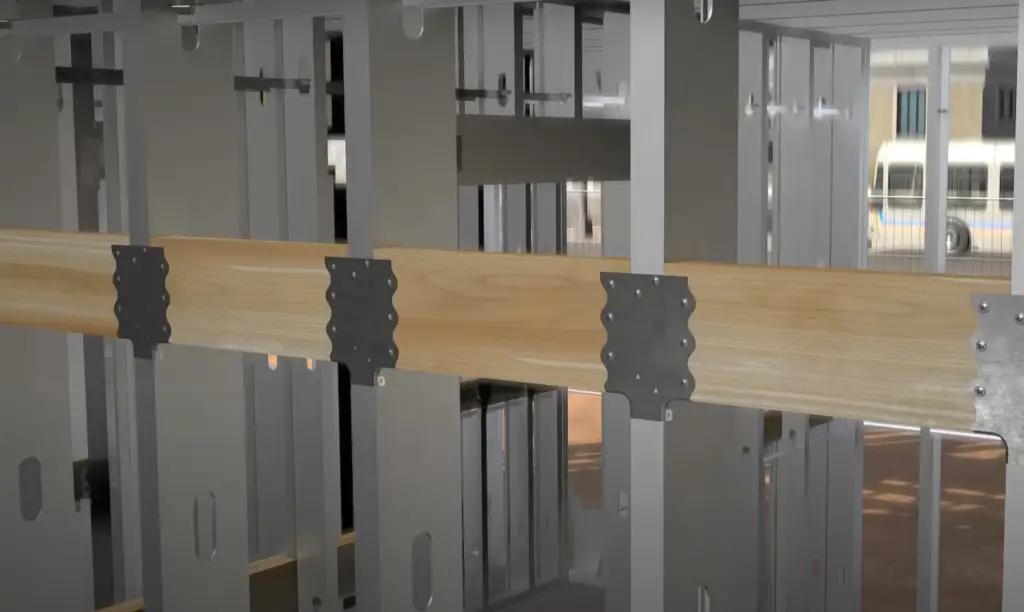
The difference in properties between ‘steel’ and ‘cold steel’ lies not only in their composition but also in the manufacturing process they undergo. While steel is known for its strength and versatility, cold steel offers enhanced strength and a polished finish at the expense of reduced ductility. This distinction makes cold steel suitable for specific applications that require high strength and a smooth surface, but it may be less ideal for applications that demand greater flexibility or resistance to buckling. Understanding the nuances between these terms is crucial for selecting the right material for a particular use case in the manufacturing industry.
What is the difference between hot rolled steel and carbon steel?
Hot Rolled steel and Carbon steel, both primarily composed of Iron and Carbon, exhibit distinct differences due to their manufacturing processes and resulting properties.
Hot-rolled steel undergoes a process where it is heated to high temperatures, rendering it malleable and easily shaped. As it cools, it solidifies into its final form, often displaying a rough and slightly scaled surface. This unique production method grants hot-rolled steel exceptional ductility and versatility, making it ideal for applications that require specific shapes or significant deformation.
On the other hand, “carbon steel” encompasses a broad range of alloys composed mainly of Iron and Carbon. The Carbon content can vary, resulting in different types of Carbon steel, such as Low, Medium, and High Carbon steel. Each type possesses distinctive properties in terms of strength and ductility. Unlike hot-rolled steel, Carbon steel does not denote a specific manufacturing process. Instead, Carbon steel can be shaped into its final form using various techniques, including hot-rolling.
In essence, while hot-rolled steel refers to a specific product obtained through a particular process, Carbon steel is a more comprehensive term encompassing steels that contain a significant amount of carbon in their alloy composition. This distinction highlights the diverse range of Carbon steel alloys available, each with its own unique properties and applications.
What type of steel is CRS?
CRS, short for Cold Rolled Steel, is a versatile type of steel that undergoes a meticulous cold-rolling process. This process starts with hot-rolled steel, which is then allowed to cool before being re-rolled at room temperature. By subjecting the steel to this precise procedure, CRS achieves exceptional dimensional accuracy and superior surface quality.
One remarkable characteristic of the cold-rolling process is that it preserves the steel’s microstructure. This preservation contributes to increased yield strength and hardness, making CRS an excellent choice for projects that require enhanced strength and durability. However, it’s important to note that the cold-rolling process also renders the material less ductile and more challenging to shape.
Despite these considerations, CRS remains highly sought after in various industries. Its smooth and polished finish makes it ideal for applications where aesthetic appeal is crucial. Additionally, CRS’s precise shapes and dimensions offer unmatched accuracy, ensuring that every component fits together seamlessly. It’s worth mentioning that although CRS comes with a higher price tag compared to hot-rolled steel, its exceptional qualities and performance make it a worthwhile investment for projects that demand excellence.
Is CRS stronger than HRS?
When comparing the strength of Cold Rolled Steel (CRS) to Hot Rolled Steel (HRS), it’s important to understand that the term “strength” can refer to different properties depending on the context. If we consider yield strength, which is the point at which a material begins to deform plastically (meaning it won’t return to its original shape), CRS generally has a higher yield strength than HRS. This is due to the cold rolling process, which doesn’t alter the steel’s microstructure but does increase its yield strength and hardness. Additionally, the cold rolling process can impart better surface finish and dimensional accuracy to the CRS.
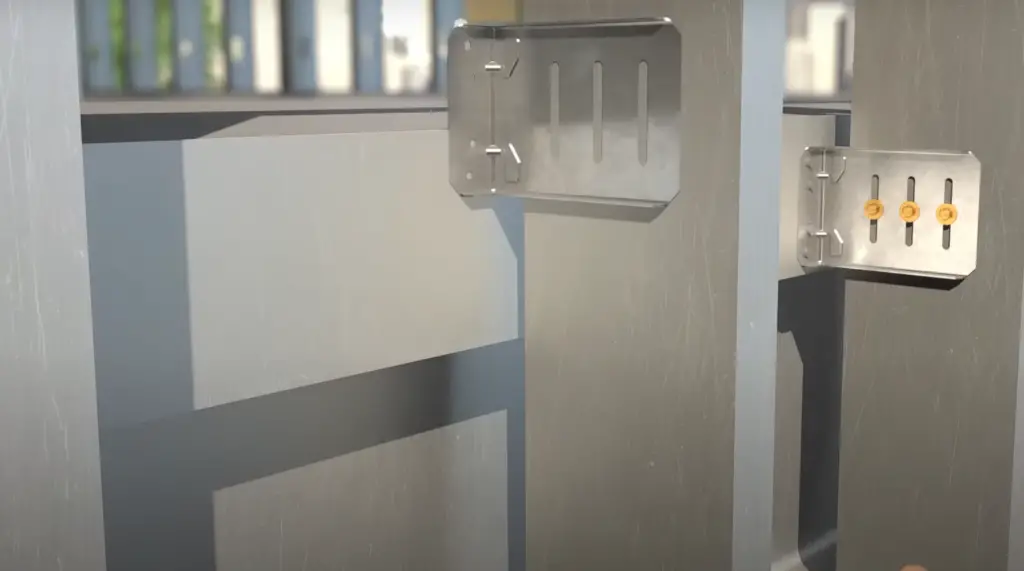
However, this increased yield strength comes at a cost. CRS is less ductile and harder to shape compared to HRS. This could be a disadvantage in certain applications where complex shaping or deformation is required. On the other hand, HRS, while having a lower yield strength, tends to be more ductile and versatile, which can make it the more suitable choice in applications that require significant shaping or deformation.
So, while CRS may be “stronger” in terms of yield strength, the right choice between HRS and CRS will depend on the specific requirements of your project, considering factors such as desired surface finish, dimensional accuracy, ductility, and ease of shaping. It’s important to carefully evaluate these factors to determine the most appropriate type of steel for your application.
What is the difference between different types of steel?
Different types of steel are distinguished primarily by their composition and the specific processes used in their production. For instance, Stainless steel, known for its corrosion resistance, is an alloy of Iron and Chromium, and often includes Nickel and other elements. Carbon steel, on the other hand, is primarily composed of Iron and Carbon, with varying carbon content leading to different classifications: Low, Medium, and High Carbon steel.
Alloy steel is another category, composed primarily of Iron but with various other elements added to improve certain properties. These additions can include manganese, nickel, chromium, molybdenum, and more, and they can enhance strength, hardness, or other characteristics. Additionally, alloy steels can be further classified based on the specific elements and their respective concentrations, resulting in a wide range of alloy combinations with distinct properties.
Further differences arise from the manufacturing processes, like hot-rolling and cold-rolling, which result in variations in strength, ductility, surface finish, and other characteristics. Hot-rolled steel, for instance, is known for its increased ductility but rougher surface finish, while cold-rolled steel boasts a smooth, polished finish and higher yield strength but less ductility. These manufacturing processes play a crucial role in shaping the final properties of the steel, making them suitable for different applications.
In conclusion, the ‘type’ of steel is determined both by its elemental composition and the manufacturing processes it undergoes. Each type of steel has its unique strengths and optimal uses, making it essential to select the right type for each specific application. Understanding the intricacies of steel composition and manufacturing processes allows for informed decision-making in various industries, ensuring the best performance and longevity of steel products.
Why is it called cold-formed steel?
The term “cold-formed steel” originates from the unique manufacturing process used to create it. Unlike hot-formed steel, which is heated to high temperatures during manufacturing, cold-formed steel is shaped at room temperature. This fascinating process involves carefully rolling or pressing the steel into shape without the application of heat, hence the term “cold-formed”. The absence of heat during the shaping process not only results in a final product with a smooth and polished finish, but also leads to increased strength and durability.
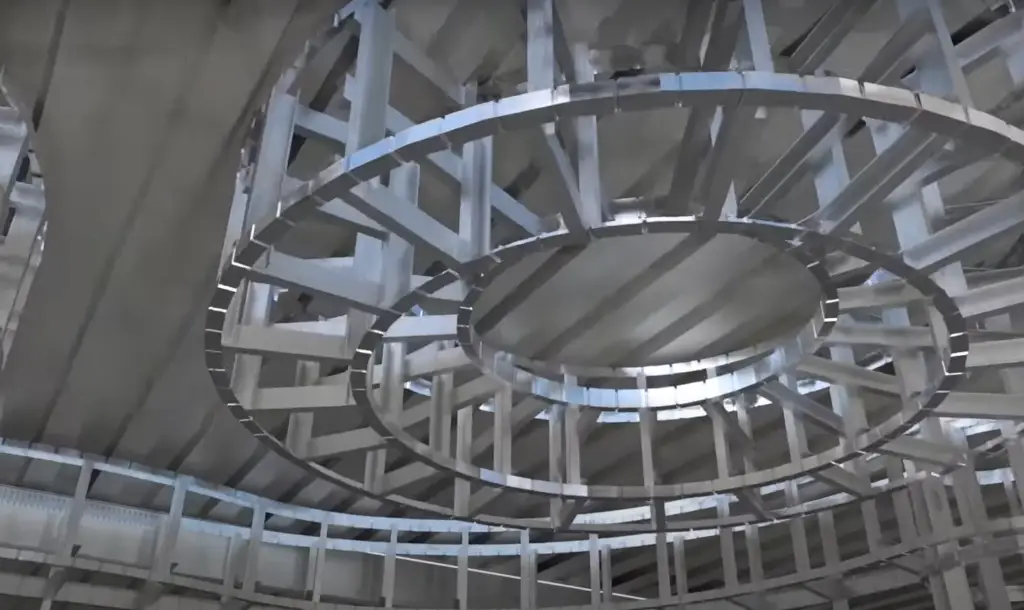
However, it is important to note that cold-formed steel is less ductile and harder to shape than its hot-formed counterpart. Despite these challenges, the remarkable characteristics and benefits of cold-formed steel make it an excellent choice for various applications in the construction industry.
Is cold steel better than carbon steel?
When it comes to comparing cold-formed steel and Carbon steel, it’s crucial to understand that “better” is a relative term and largely depends on the specific application at hand. Cold-formed steel, with its high yield strength, polished finish, and precise dimensions, is often the material of choice for projects requiring a high degree of accuracy, aesthetics, and strength. Its unique manufacturing process involving the deformation of steel at room temperature allows for greater control over the final product, resulting in consistent and precise dimensions. Additionally, cold-formed steel is known for its exceptional resistance to corrosion, making it an excellent choice for applications in harsh environments.
On the other hand, Carbon steel, particularly high carbon variants, is known for its exceptional hardness and strength, making it ideal for applications demanding wear resistance and durability. The high carbon content enables the steel to withstand heavy loads and resist deformation, making it suitable for structures that require high tensile strength and structural integrity.
However, it’s important to note that Carbon steel could be hot-rolled or cold-formed, so some qualities can overlap. Hot-rolled carbon steel is often used in larger structural components, while cold-formed carbon steel is more commonly employed in smaller, intricate designs. Each manufacturing process imparts unique characteristics to the steel, and the choice between the two depends on factors such as cost, availability, and specific project requirements.
In essence, neither cold-formed steel nor carbon steel can be universally deemed “better” than the other. The optimal choice depends on a careful consideration of the specific requirements, budget, and constraints of your project, as well as the desired balance between accuracy, aesthetics, strength, hardness, wear resistance, and durability.
Which type of steel is strongest?
Determining the “strongest” steel depends on how you define strength. If by strength we mean yield strength, which is the amount of stress a material can withstand without permanent deformation, then maraging steel, a type of alloy steel, is considered one of the strongest. It undergoes a unique aging process that significantly hardens the material, resulting in exceptional yield strength, often well over 200,000 psi. This is in contrast to the typical yield strength of around 70,000 psi for carbon steel.
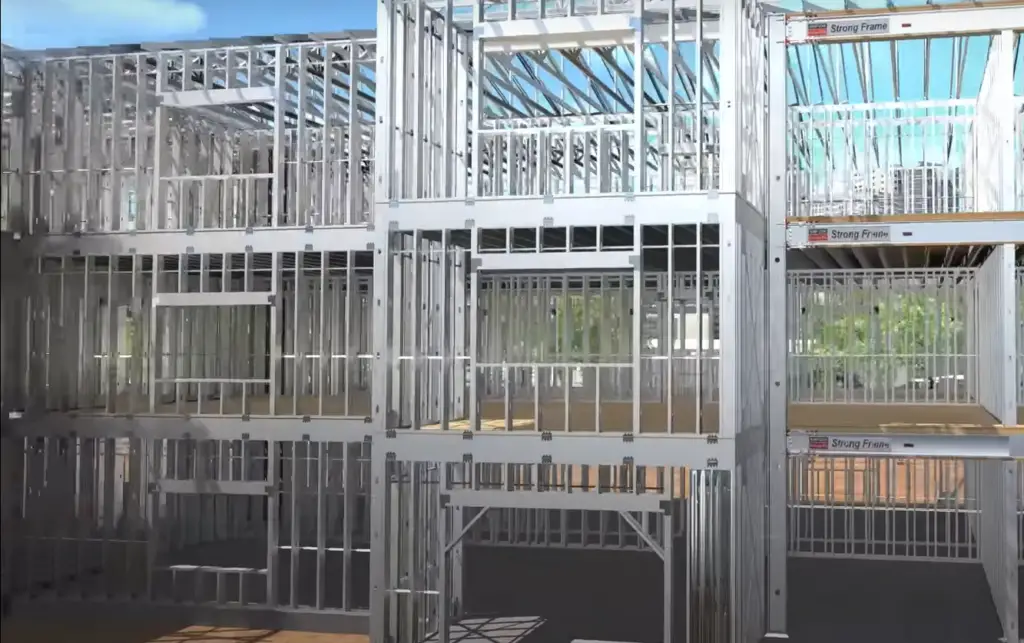
However, if by strength we mean hardness, which is the ability of a material to resist indentation or scratching, then high carbon steel is usually considered the hardest. It contains a higher percentage of carbon, which enhances its hardness properties. High carbon steel is commonly used in applications that require superior wear resistance and durability.
Strength is not the only factor to consider when selecting a type of steel. Other factors such as ductility (ability to deform without breaking), toughness (ability to withstand impact), resistance to wear, corrosion resistance, and cost also play crucial roles in determining the most suitable steel for a specific application. Taking all these factors into account ensures that the chosen steel meets the desired requirements and performs optimally in its intended use.
Useful Video: Shop Tip #2 Hot Rolled vs Cold Rolled Steels
Conclusion
In summary, both hot-formed and cold-formed steel have their unique advantages in specific applications. Cold-Formed Steel (CRS) provides a polished finish, precise dimensions, and higher yield strength, making it the preferred choice for projects requiring exactness, aesthetic appeal, and structural integrity. Its ability to maintain dimensional stability even under extreme conditions makes it highly reliable for applications that demand long-term durability.
On the other hand, Hot-Formed Steel (HRS) offers greater ductility, allowing it to undergo significant shaping or deformation without sacrificing structural integrity. This makes it the go-to option for projects that necessitate intricate designs, curved profiles, or complex structural configurations. Its superior formability and malleability enable architects and engineers to explore innovative possibilities and push the boundaries of steel fabrication.
The decision between the two largely depends on the specific requirements of the project at hand. Understanding the characteristics and unique properties of each type of steel is crucial in making the right choice for your specific application. From Carbon steel’s exceptional hardness and wear resistance to maraging steel’s notable yield strength and toughness, the world of steel presents a vast array of options, each with its particular strengths and ideal uses.
By considering factors such as load-bearing capacity, corrosion resistance, cost-effectiveness, and longevity, engineers and designers can select the optimal steel type that aligns with their project’s precise needs and constraints. With a thorough understanding of the diverse range of steel options available, they can confidently make informed decisions that ensure the success and longevity of their structures.
References:
- https://blog.thepipingmart.com/other/advantages-and-disadvantages-of-hot-rolling/
- https://www.permanentsteel.com/newsshow/Advantages-and-Disadvantages-of-Hot-Rolled-Steel-and-Cold-Rolled-Steel.html
- https://www.grobinc.com/blog/hot-rolled-steel-vs-cold-rolled-steel/
- https://www.corrosionpedia.com/definition/637/hot-rolling
- https://www.q8oils.com/metalworking/introduction-cold-rolling/

